Why Solar PV Systems Need Monitoring
In the “early” days of the solar PV industry the prevailing “wisdom” was this: a solar PV power plant was a system that could be built and then forgotten for 25 years. Mostly built on commercial rooftops, the panels had no moving parts, the electrical system was time tested and met NEC requirements, the inverters might need some filters cleaned every once in a while, and once the initial cost was paid off the plant did nothing but produce money for their owners. My how wrong the conventional wisdom turned out to be.
In a very short period after two large (for the time anyway) rooftop systems were built and producing energy, two fires on two different rooftops a country apart from each other stood conventional wisdom on its head. The Bakersfield, CA and Mount Holly, NC fires were the catalyst for not only determining causes, but solutions for preventing them from happening again. One of the results of the investigation was the addition of a solar monitoring system that allowed a remote operator to monitor the plant and its performance. In addition, the monitoring system could also monitor the Bender Ground Fault detection devices and allow the operator to know if there were ground faults or a system shutdown. Solar monitoring became a necessity then, not a luxury any longer.
Fast forward 12 years or so and look at the state of solar monitoring today. The earlier years saw only Data Acquisition Systems (DAS) that collected data and displayed it on a web-based portal for an operator to monitor and download data from. But as plants are larger and much more complex, the connecting utilities expected the PV plant to be operated like any other generation asset on their grid. Which meant now Supervisory Control and Data Acquisition (SCADA) systems were required which added much more depth of information and the element of control to the system. When once all that was needed was a data logger and a connection to the web, SCADA now employs Real Time Automation Controllers, Protective Relays, Utility grade metering, servers running complex control algorithms and historians. It’s been a quantum leap forward in the industry, paralleling the growth of the PV industry overall.
Of course, the solar PV industry is not composed entirely of 100 MW plus systems, even though those projects seem to receive a LOT of press coverage. There are hundreds of thousands of smaller and far-flung solar PV systems being built across all 50 states. Excluding residential, it is my belief every PV system of any capacity needs some sort of monitoring system in place. Generally, the smaller the system, the simpler the DAS system can be, but there are exceptions to that rule depending on site factors and local utility requirements.
Rooftop solar is making a comeback and now being coupled with BESS systems to help offset load and provide some level of grid support functionality. Facilities are seeking relief from demand charges and energy costs.
Smaller ground mount systems are popping up like mushrooms after a rain and are being assembled into great portfolios of energy systems, which needs monitoring and sometime a little bit of controls.
Power Plant Controllers (PPC) are evolving and allow a system to perform to its maximum early and later in the day when irradiance is lower but regulates plant output during peak irradiance hours to not exceed the energy production agreements in place with the connected utility.
Microgrids are becoming more mainstream, and given their role both on and off grid, a monitoring and control system is absolutely required to ensure safe and reliable performance.
All these plants now require monitoring and, in some cases, a simple element of control. With little to no standardization in the PV industry, it’s a given that every monitoring and PPC platform will be somewhat different. To meet the challenge of variability will require robust hardware and software systems be designed, built, installed, and commissioned by professional teams of engineers, designers, installers, and communications experts. The industry must embrace more of these systems, not less and expect them to operate reliably, day after day.
To close, did you know that Renewable Energy Integration Group has those professional capabilities and industry experts, ready to serve the needs of the industry? How can we assist you to remove the complexity of solar data?


